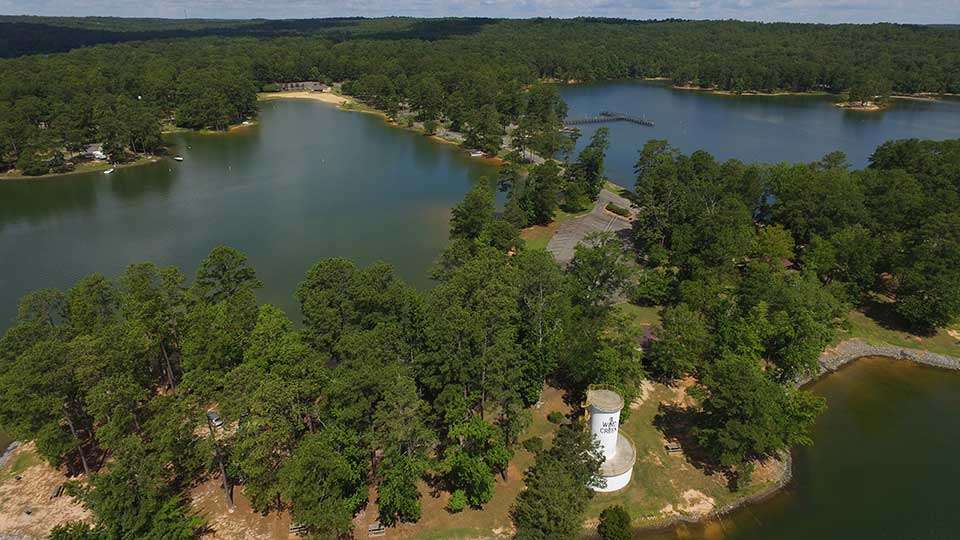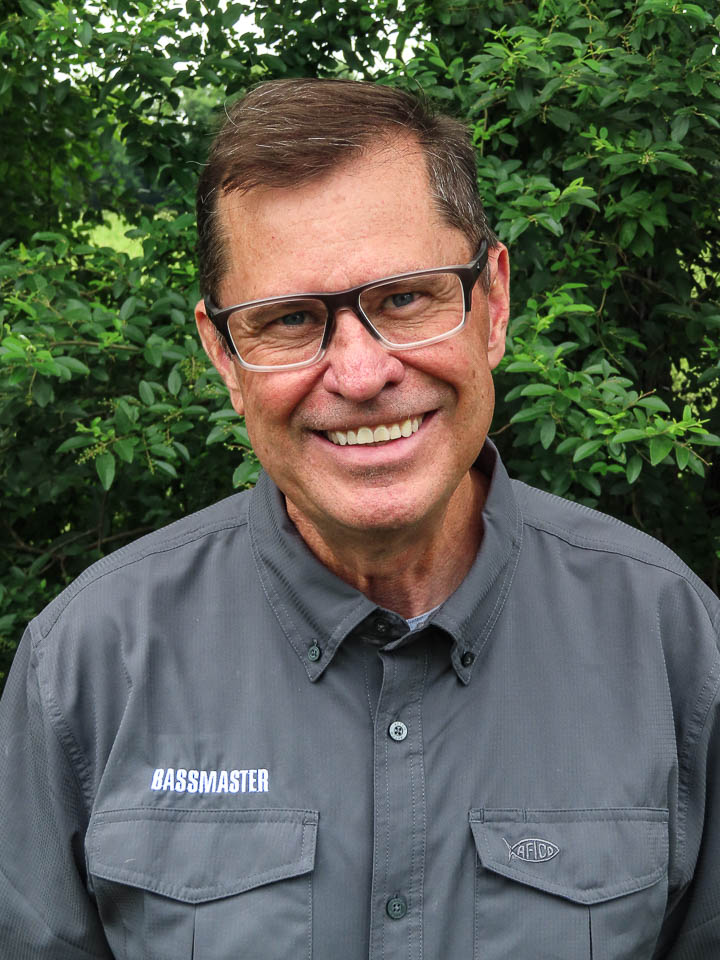
ALEXANDER CITY, Ala. — The striking similarities between Lake Martin and Lake Hartwell are worthy of a closer look as the St. Croix Bassmaster Open presented by SEVIIN season comes to a close in central Alabama.
Implications from flooding caused the tournament to move from South Carolina to Lake Martin, characterized as a manmade highland impoundment like Hartwell. While Martin is smaller (44,000 surface acres compared to Hartwell’s 56,000 acres), the playing field could have the opportunity to duplicate prevailing patterns and tactics from the South Carolina fishery.
Largemouth and spotted bass
Both lakes support healthy populations of both species, with Martin skewing higher in density of spotted bass coverage. At Martin the name of the game is fishing through the numbers to gain a few precious ounces and pounds from a quality fish.
Blueback and threadfin
Hartwell gets the nod for numbers of blueback herring, although Martin has an established population of the illegally released baitfish. Like Hartwell, the spotted bass on Martin follow the nomadic and pelagic herring as a key food source. Threadfin shad add to the forage base for a robust supply of food.
Brushpiles, docks, marinas
Call it a tie in the category of manmade bass habitat, although numbers of private boat docks get the edge at Martin, which also has more than a dozen marinas.
Hartwell has the advantage of its ubiquitous cane piles compared to brushpiles specific to Martin. Neither are the same while functioning in similar roles as transition areas and ambush points for the bass.
Cane piles are more vertical, rising from depths of 15 feet or more and extending to within 6 or so feet of the surface. They are constructed by cementing bamboo stalks into blocks. Brushpiles are smaller and spread more across the bottom. Bass suspend in and around cane piles or bury themselves inside brushpiles.
Highland lakes
Both lakes are categorized as manmade highland impoundments based on their similar topography. Hartwell is located in the foothills of the Appalachian Mountains in upstate South Carolina. Martin is in the Piedmont Upland region of Alabama that eventually transitions into the Appalachians.
Boiled down into bass fishing terms, both lakes have a spider-like map appearance, with a labyrinth of winding secondary creeks merging into major creeks and then major tributaries. Hartwell is fed by the Tugaloo and Seneca rivers; Martin has the Tallapoosa River.
Water clarity, level
Hartwell and Martin are on the clearer end of the water clarity spectrum. The week prior to the tournament, Lake Martin was 2 feet below normal pool, while Hartwell was at full pool.
Weldon weighs in
“Hartwell and Martin really do have a lot of similarities, but it will be up to the anglers to prove just how much,” said Trip Weldon, retired B.A.S.S. tournament director and a lifelong resident of the area.
Weldon spent 30 years in the tournament department, 19 years as director, beginning when the company was located in Montgomery, the birthplace of B.A.S.S. The native Alabamian also competed in local tournaments at Martin and surrounding lakes.
“During fall at Lake Martin, the spotted bass will follow the blueback herring and threadfin shad, while the largemouth will be relating to the creeks and docks.”
Based on that history, an all-day topwater bite could be in play, while shaky heads and drop shots will be main staples of the offshore game.
“I always set reaching a double-digit weight as a goal for a check at Martin,” Weldon added.
Weldon predicted a 40-pound winning weight is doable, with benchmark cut weights in the 11- to 13-pound daily range. He added copious limits in the 8-pound range will cross the scales.
Open like none other
B.A.S.S. tournament rules allow Opens anglers to scout lakes up to 14 or 16 days before they go off limits prior to the five-day official practice period. That’s a popular perk used by many anglers to gain even more familiarity with the tournament waters.
That option was eliminated with the tournament moving locations. The no-information rule also went into effect immediately on Sept. 30, the day of the announcement.
Based on that scenario, the playing field will be leveled considerably. Except for the savvy Tackle Warehouse Elite Qualifiers who can bring their game plans from South Carolina to Alabama, where the chips will fall into place for invitations to the 2025 Bassmaster Elite Series.
The tournament will be headquartered in Alexander City at Wind Creek State Park, with daily takeoffs beginning at 6:30 a.m. and weigh-ins beginning at 2:30 p.m.





